Updated document available now
Discover the emergency call handling models
When a person in distress calls the emergency number, this sparks off a complex series of events that ultimately ends in help arriving on scene. Every step in the emergency services chain is crucial, from the first answering of the call and the data collection, to the classification and the dispatch of emergency teams.
The process for handling emergency calls differs between countries, so we created the 5 emergency call handling models. These simplify the different systems used so that it’s easier to understand how emergency call handling is organised across the world.
EENA created the original 112 models many years ago. As the organisation of emergency call handling is always evolving, we’ve renewed them to ensure that the most current models worldwide are represented. Our recently updated ‘Emergency call handling service chain description’ document describes these five models representing emergency call handling across the globe and gives an overview of the main stages of the operations. It looks into:
- How many organisations are involved in the emergency call handling chain?
- Which organisations are responsible for the first reception of emergency calls?
- How are tasks, such as the collection of data, the classification of the call or the dispatch of resources, divided between different professionals and organisations?
